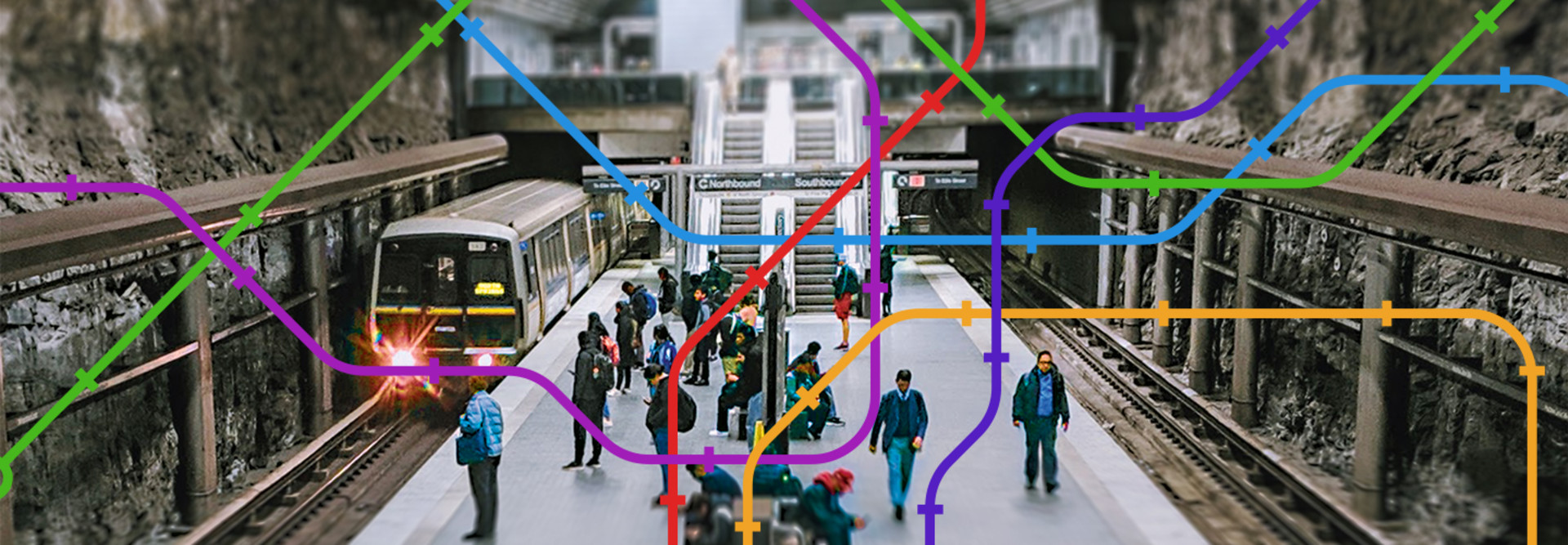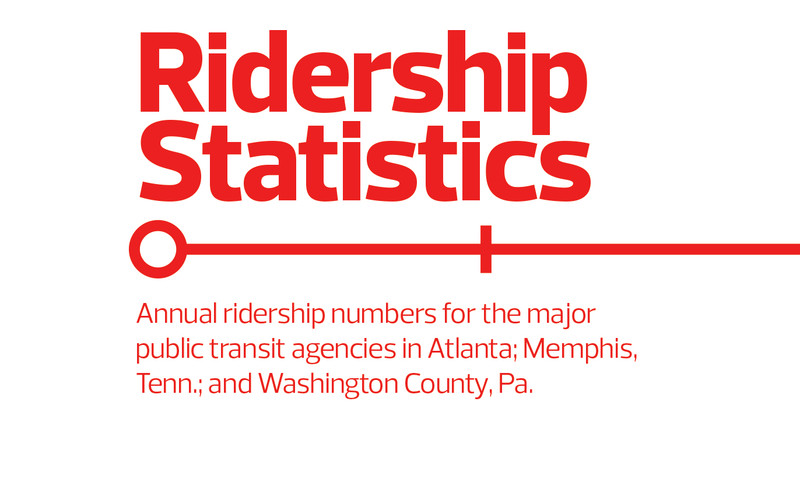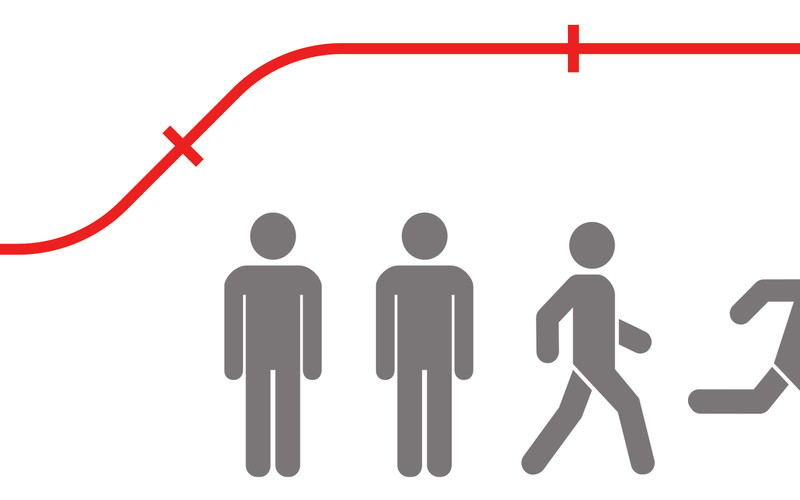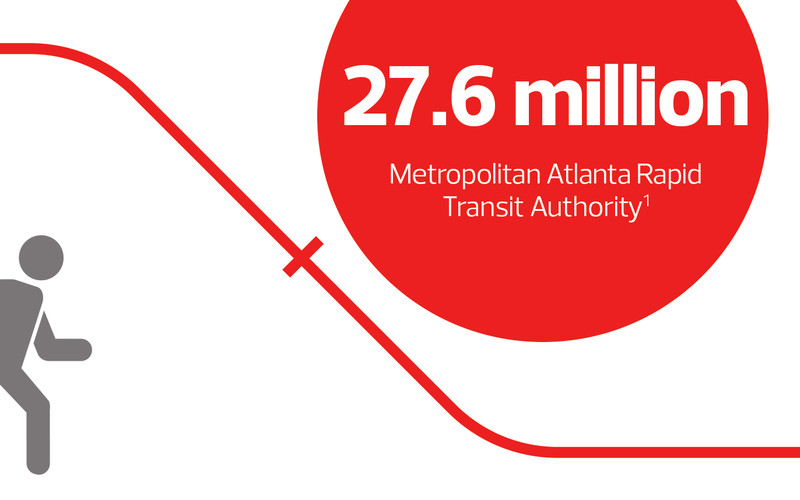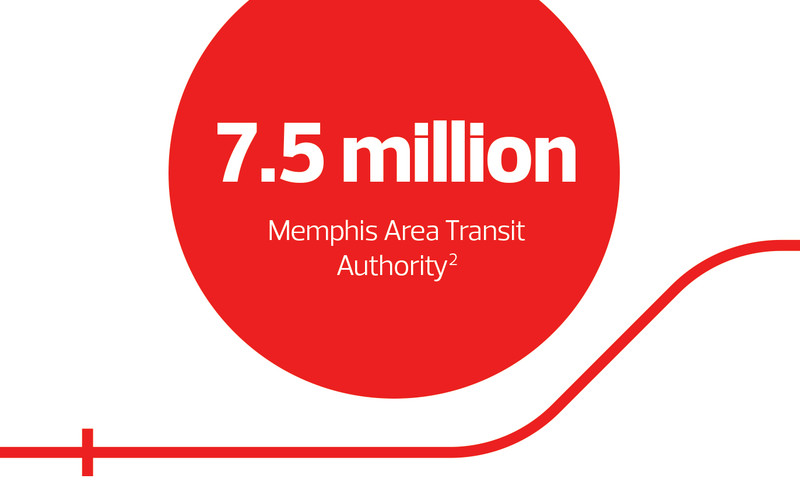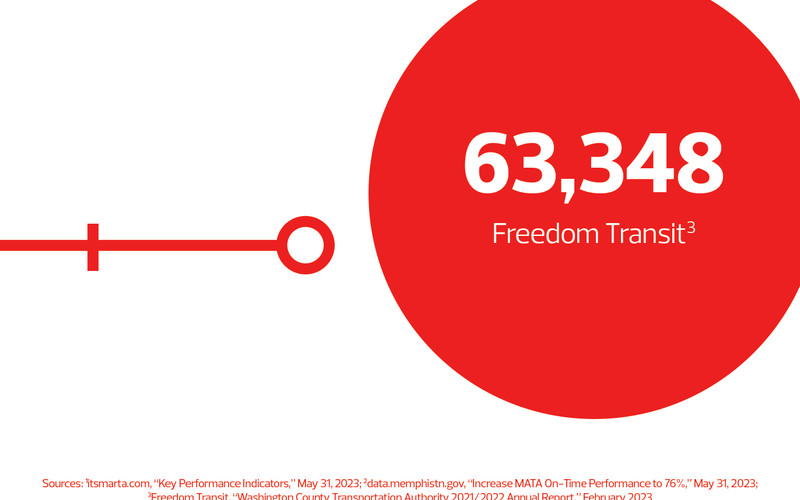A growing number of public transit agencies are tapping cloud-based solutions to gain a deeper understanding of their ridership. They’re leveraging the speed and scale of cloud infrastructure to analyze data and to gain insights to improve services.
“Transit agencies collect a tremendous amount of data on their passengers and their vehicles,” says Greg Newmark, a research associate at the Mineta Transportation Institute. “The added computation on demand that you can get in a cloud service, where you can just add on more servers when you need them, does offer a real benefit.”
A range of technologies support the public transportation mission. Internet of Things sensors help monitor activity. Agencies use computer-aided dispatch and automatic vehicle location, along with intelligent transportation systems, smart cards for fare collection and geographic information systems for vehicle tracking. 5G cellular devices help to keep all that data moving.
Cloud infrastructure can help transit agencies to get the most value out of those investments.



